Hawaiʻi Volcanoes National Park is located on Hawaiʻi Island, more commonly known as the Big Island. It features two active volcanoes, Kīlauea and Mauna Loa. Standing at 13,678 ft, Mauna Loa is the world’s tallest volcano and serves as the park’s primary attraction.
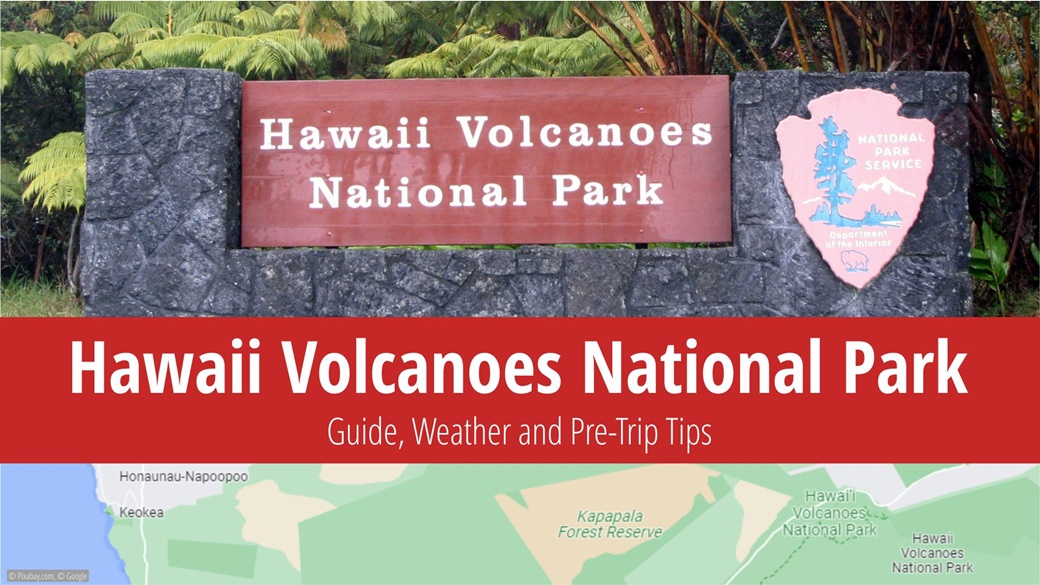
Table of Contents
- About Hawaiʻi Volcanoes National Park
- What to See and Do in Hawaiʻi Volcanoes National Park
- When to Visit Hawaiʻi Volcanoes National Park
- Admission to Hawaii Volcanoes National Park
- Getting to Hawaii Volcanoes National Park
- Lodging in Hawaii Volcanoes National Park
- Tips and Recommendations for Traveling to Hawaii Volcanoes National Park
- Photos of Hawaii Volcanoes National Park
About Hawaiʻi Volcanoes National Park
Hawaiʻi Volcanoes National Park was established on August 1, 1916, although Hawaiʻi didn’t become the 50th state of the USA until 1959. This park was the first national park of the USA located in its territories. Western interest in the Hawaiian volcanoes began with British missionary William Ellis and American Asa Thurston, who climbed Kīlauea in 1823. As time passed, the volcanoes turned into major tourist attractions, stimulating the establishment of numerous hotels on the Big Island.
Lorrin A. Thurston, Asa’s grandson, was particularly instrumental in advocating for the area, perhaps due to his investment in a local hotel network. Hawaiʻi Volcanoes National Park spans an area of 505 sqmi, and in 2021, it attracted 1,262,747 visitors.
Several unique animal species thrive near Hawaiʻi’s volcanoes, primarily birds and aquatic creatures. On the coast, you might spot the critically endangered Hawksbill turtle, known to native Hawaiians as Honu ‘Ea. The most common bird species is the Hawaiian goose, locally known as nēnē. Interestingly, they call petrels – ‘Ua’u in Hawaiian.
The flora of Hawaiʻi Volcanoes National Park is under threat from invasive plant and animal species that endanger certain trees and flowers. Among the most threatened is the silver swordflower, known in Hawaiian as ‘Āhinahina. This plant grows for 30-40 years, blooms once, and then withers.
What to See and Do in Hawaiʻi Volcanoes National Park
Crater Rim Drive, an 11 mi circular route accessible by car, offers stops at Jaggar Museum, and the Kīlauea, Kīlauea Iki, Puʻu Puaʻi, and Keanakāko’i Crater overlooks. A portion of this route circles the famed Halemaumau crater, which steams during the day and spews lava at night. The crater can’t be reached directly by car, but a short walk (1 mi) will get you there.
The park’s second route, the Chain of Craters Road, is longer (20 mi) and concludes where a 2003 lava flow severed the road. Depending on volcanic activity, you might witness flowing lava at the road’s end.
Before driving towards the volcanoes, check the park’s website for road conditions as they often close due to volcanic activity. Make sure to fill your tank as fuel consumption is high on these elevated roads, and gas stations are scarce.
Around the park, numerous trails are suitable for hiking. The easier ones include Kipukapuaulu (1 mi loop) and Devastation Trail (1 mi round trip), while more challenging ones include the Kilauea Iki Trail (4 mi loop) and Crater Rim Trail (7 mi one way). Downloading the excellent brochures with maps (link at the end of the article) is recommended. For a successful hike, remember to wear long pants, sturdy shoes, and maintain a good physical condition!
Thurston Lava Tube, or Nahuku in Hawaiian, is a 394 ft-long cave that was flooded by lava about 350 years ago, creating a smooth floor. The illuminated cave lies at the bottom of a crater, and a walk here takes less than half an hour. With a permit from park rangers, you can explore deeper into the cave system.
If time permits, consider attending the outstanding programs organized by the rangers. These are primarily lectures or guided hikes, with most starting at the Kilauea Visitor Center.
When to Visit Hawaiʻi Volcanoes National Park
Hawaiʻi Volcanoes National Park is open year-round, including on state holidays. Be prepared for the island’s unpredictable and varied weather, which changes with elevation. For instance, it can be rainy or windy at Kilauea’s summit on almost any day of the year.
Temperatures at higher elevations are typically 46 °F lower than on the coast.
Average Temperatures and Visitor Numbers at Hawaiʻi Volcanoes National Park
Average temperatures in Hawaiʻi Volcanoes National Park. Visitor counts are based on a 2017-2021 average, with data sourced from the National Park Service.
| Max Temp | Min Temp | Precipitation Days | Visitors | Popularity | |
|---|---|---|---|---|---|
| January | 77 °F | 66 °F | 8.6 | 151 671 | 🟨🟨 |
| February | 77 °F | 66 °F | 8.0 | 140 161 | 🟨🟨 |
| March | 77 °F | 68 °F | 10.0 | 135 034 | 🟨🟨 |
| April | 79 °F | 68 °F | 9.4 | 125 157 | 🟨🟨 |
| May | 81 °F | 70 °F | 7.9 | 107 390 | 🟨🟨 |
| June | 81 °F | 72 °F | 8.4 | 115 091 | 🟨🟨 |
| July | 82 °F | 73 °F | 8.8 | 130 335 | 🟨🟨 |
| August | 82 °F | 75 °F | 8.1 | 123 663 | 🟨🟨 |
| September | 82 °F | 73 °F | 7.8 | 98 514 | 🟨🟨 |
| October | 82 °F | 73 °F | 8.4 | 120 992 | 🟨🟨 |
| November | 81 °F | 70 °F | 8.2 | 133 186 | 🟨🟨 |
| December | 79 °F | 68 °F | 9.2 | 149 266 | 🟨🟨 |
Admission to Hawaii Volcanoes National Park
The entrance fee for Hawaii Volcanoes National Park is $30 for 7 days and includes all occupants in the vehicle. For individuals entering the park without a vehicle, the fee is $15.00 per person per week.
If you plan to visit Haleakala and Puʻuhonua o Hōnaunau parks in Hawaii as well, consider purchasing the discounted Hawaii Tri-park Annual Pass. For $55, you can visit these parks for 365 days from the date of your first visit. Again, this applies to the entire vehicle.
For those planning a comprehensive tour of the USA’s national parks, the America the Beautiful pass is an excellent choice. This pass grants you access to all national parks, forests, and other federal sites for 365 days. You can purchase this pass for $80.
Getting to Hawaii Volcanoes National Park
The most convenient way to reach the park is by rental car, particularly if traveling in a group. Below, you’ll find directions and drive times from various locations on the island:
| From / To | Distance | Driving Time | Map |
|---|---|---|---|
| Kailua-Kona | 97 mi | 2 hours 20 minutes | View Route |
| Keaau | 24 mi | 40 minutes | View Route |
If you don’t have a car, you can use the local Hele-On Bus. The Ka’u – Volcano – Hilo line operates from Monday to Saturday. A one-way ticket costs $6.00, with an additional $15.00 per person for park admission.
Alternatively, consider guided tours where everything is taken care of. Here are a couple of options:
- Big Island Volcano Adventure Tour – a 12-hour trip that includes a walk through a lava-sculpted cave
- Hawaii Volcano Adventure Tour – a 15-hour air tour from Oahu
Lodging in Hawaii Volcanoes National Park
🏨 Hotels
There is a broad range of hotels, lodges, and motels near Hawaii Volcanoes National Park that vary in luxury and price, offering something for everyone. Most accommodations are located in the Hilo, Volcano, Pahoa or North Hilo areas.
⛺ Campsites
Adventurers can spend the night under the volcanic canopy at the Nāmakanipaio and Kulanaokuaiki campgrounds.
Nāmakanipaio Camp is situated 31 mi south of Hilo at an elevation of 3,999 ft. The vast green areas are complemented by eucalyptus and ‘ōhi’a trees. The camping fee is $15.00 per site per night, and amenities include drinking water, picnic tables, and fire rings. The maximum stay is 7 days.
Kulanaokuaiki Camp is 5 mi south of Hilina Pali Road at an elevation of 2,700 ft. This campground does not provide a source of drinking water and open fires are not permitted.
For more information on camping options around Hawaii Volcanoes National Park, visit the park’s website.
Tips and Recommendations for Traveling to Hawaii Volcanoes National Park
ℹ️ Visitor Center
The Kīlauea Visitor Center serves park visitors and is open daily from 9 a.m. to 5 p.m. It is located on Crater Rim Drive near the entrance gate to the park. Here, you can inquire about current volcanic activity or obtain maps of the park. I recommend visiting the center as soon as you arrive.
👍 Good to Know
The most essential gear for visiting the park is sturdy shoes. Leave your flip-flops at home for this trip. Light, long pants and an ample supply of water are also recommended.
You will typically need just one day to visit the park. I recommend arriving in the morning to avoid crowds and ensure a good view of the volcano crater. Nighttime viewing can often be obscured by fog. It’s a toss-up.
Before your park visit, download free podcasts produced by the park service onto your phone.
Photos of Hawaii Volcanoes National Park
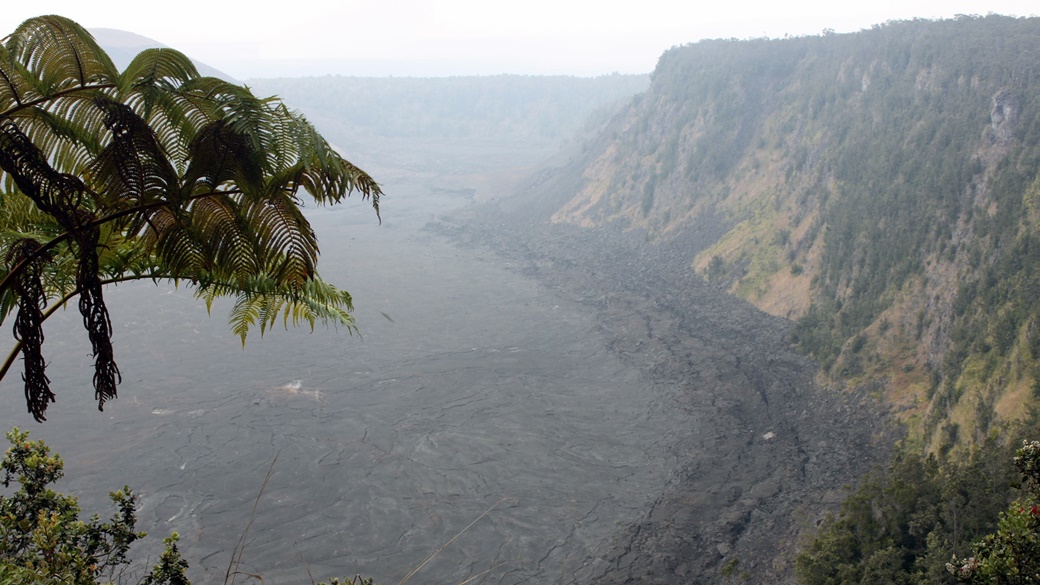
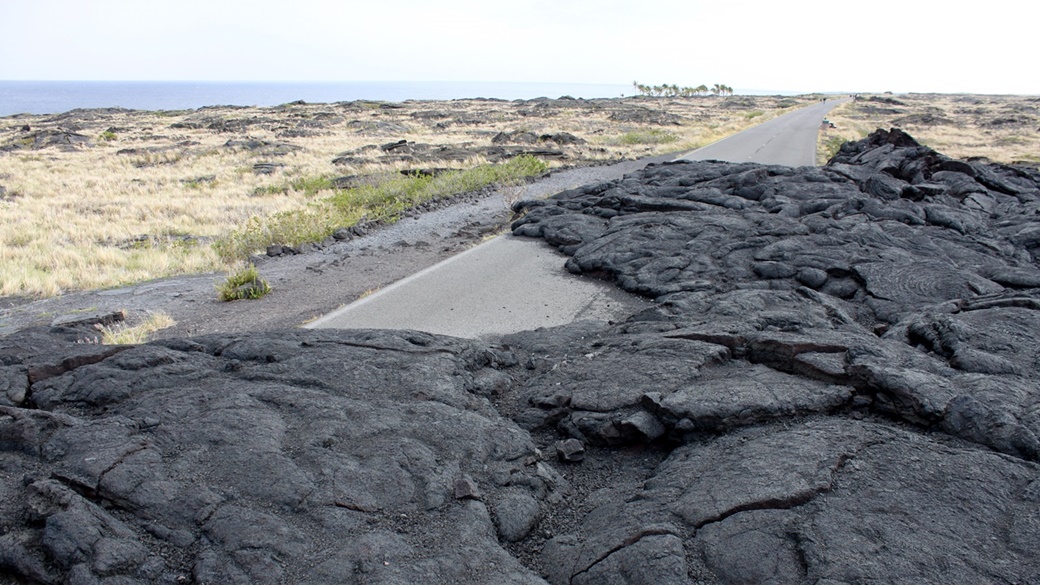
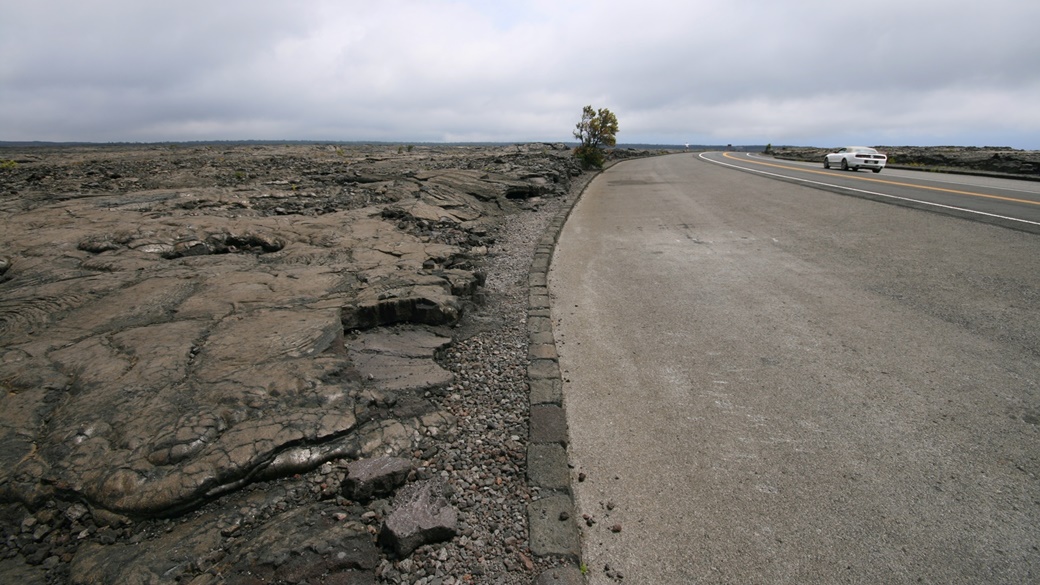
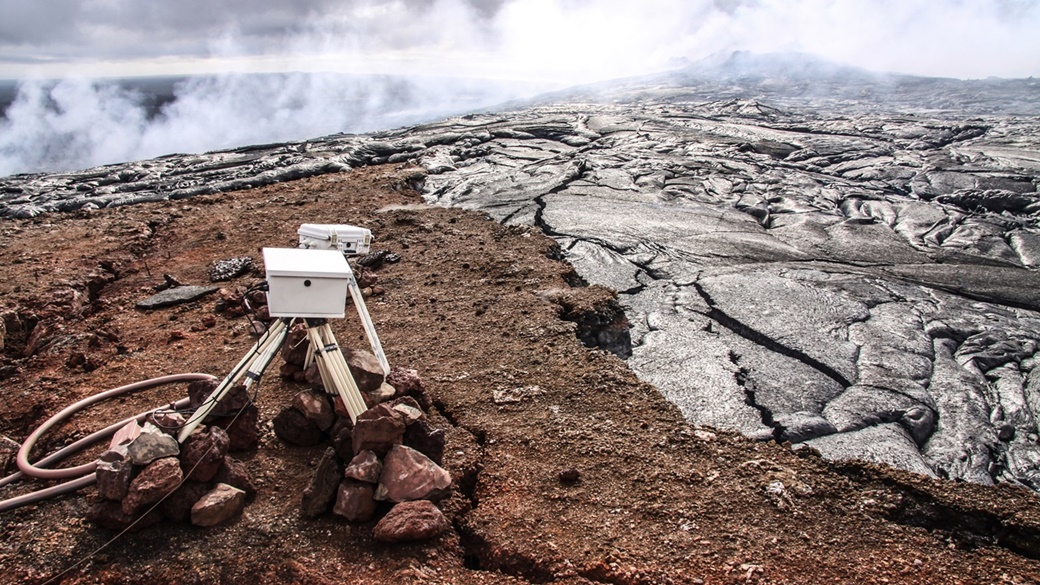
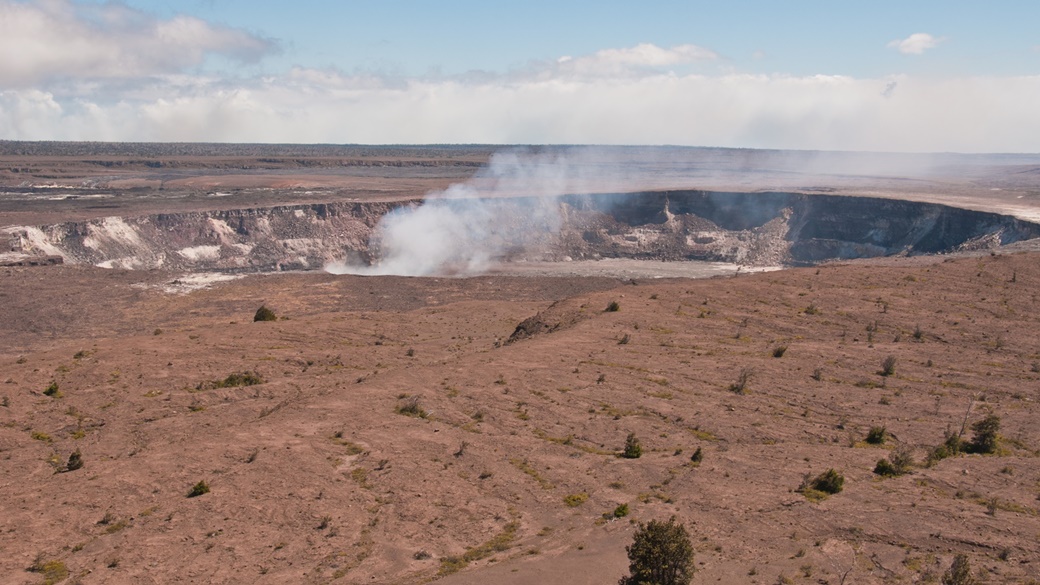
US National Parks
- National Parks of the USA – Map, List and Annual Pass
- America the Beautiful Pass 2025 – How It Works, Cost & Parks
- Timed-Entry Reservation for US National Parks (2025 GUIDE)
Travel Guides to USA National Parks

 10 Best Photo Places in the USA
10 Best Photo Places in the USA

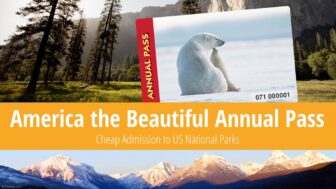


Contribute with Your Question or Personal Experience